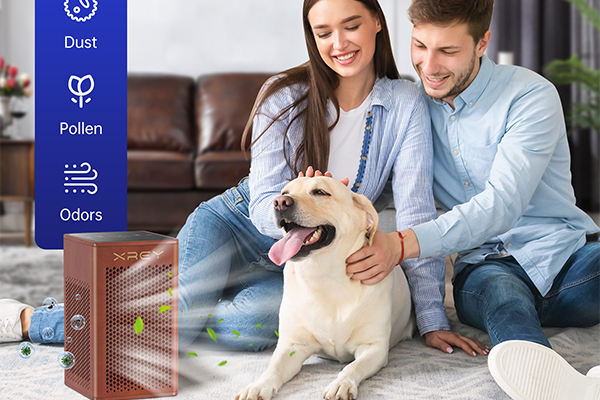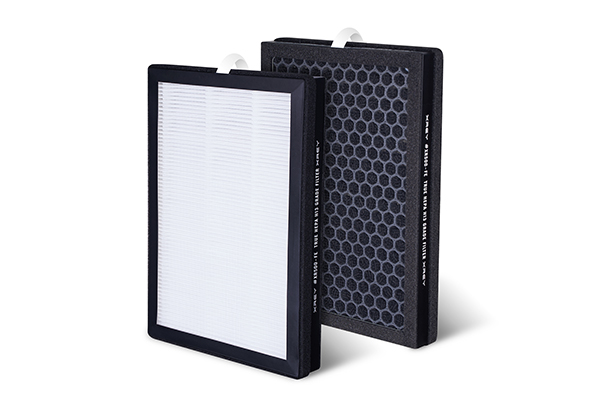
Think Twice About Reusing KN95 or Surgical Masks
- Connexions
- 2020-07-09
- 2515
Masks sterilized once with chlorine dioxide showed a marked reduction in overall filtration efficiency especially among KN95s and surgical masks, reported Changjie Cai, PhD, and Evan Floyd, PhD, both of the University of Oklahoma in Oklahoma City, in a JAMA Network Open research letter.
Mean filtration efficiencies prior to sterilization were 97.3% for N95 masks, 96.7% for KN95 masks (a Chinese version of N95s), and 95.1% for surgical face masks.
When post-sterilization filtration efficiency was stratified by aerosol particle size, the mean for KN95s and surgical masks dropped to below 50% for particles of approximately 300 nm when sterilized with chlorine dioxide. N95 mask efficiency decreased to approximately 86% with chlorine dioxide for particles of 300 nm, though overall filtration efficiency was approximately 95%.
Little degradation was seen with plasma vapor hydrogen peroxide at all aerosol sizes, the researchers found.
"To better protect health care personnel in hospitals, we recommend measuring the respirator's filtration efficiency by aerosol size instead of only measuring the overall filtration efficiency," Cai and Floyd wrote.
They noted that, due to potential personal protective equipment (PPE) shortages during COVID-19, various sterilization methods have been evaluated in attempts to reuse N95 masks. However, no studies tested the feasibility of reusing KN95 masks or surgical masks.

After sterilization with plasma vapor hydrogen peroxide, both N95s and KN95 masks had at least 95% efficiency, though efficiency of the surgical mask was described as "reduced." However, after chlorine dioxide sterilization, overall filtration efficiency dropped to 76.2% for KN95 masks and 77.9% for surgical masks, though it was still 95.1% for N95 masks.
Examining sterilization by filtration efficiency by aerosol size for particles of approximately 300 nm, the authors advised "caution should be exercised" when using KN95s and surgical masks, whose mean filtration of 300 nm particles dropped to 40.8% and 47.1%, respectively, following chlorine dioxide treatment.
"In addition to considering the overall filtration efficiency, the filtration efficiency for particles similar to infectious agents should be considered," the authors cautioned.
An important limitation of the study was that effects of repeat sterilization cycles were not examined; Cai and Floyd stressed that "filter material may degrade further after multiple cycles, which should also be investigated."
-
 2022-04-26Are air purifiers environmentally friendly ?
2022-04-26Are air purifiers environmentally friendly ? -
 2022-04-26The importance of wearing a mask correctly
2022-04-26The importance of wearing a mask correctly -
 2022-04-27Connexions Air H13 True HEPA Filters
2022-04-27Connexions Air H13 True HEPA Filters -
 2022-04-29What is the use of anion function of air purifier?
2022-04-29What is the use of anion function of air purifier? -
 2022-05-08Standardize the wearing of masks, children should not be missed!
2022-05-08Standardize the wearing of masks, children should not be missed! -
 2022-05-16Hazy days, air purifiers are useful?
2022-05-16Hazy days, air purifiers are useful? -
 2022-05-16Attention everyone! Don't buy fake FFP2 masks! How do we identify?
2022-05-16Attention everyone! Don't buy fake FFP2 masks! How do we identify? -
 2022-05-17Pay attention to secondary pollution when using air purifiers
2022-05-17Pay attention to secondary pollution when using air purifiers -
 2022-05-17TOP5 pollutants that the purifier can purify
2022-05-17TOP5 pollutants that the purifier can purify
-
 2020-06-02Why do Face Masks Matter With This Coronavirus
2020-06-02Why do Face Masks Matter With This Coronavirus -
 2020-06-02How to Wear Mask
2020-06-02How to Wear Mask -
 2020-06-02Three Principles of Choice of Masks
2020-06-02Three Principles of Choice of Masks -
 2020-06-022020 Situation of Mask Market
2020-06-022020 Situation of Mask Market -
 2020-06-17What other preventative measures can you take to protect yourself from airborne substances?
2020-06-17What other preventative measures can you take to protect yourself from airborne substances? -
 2020-06-08The Advantage of Disposable Face Masks
2020-06-08The Advantage of Disposable Face Masks -
 2020-06-093 Ply Disposable Face Mask & Soft & Comfortable Ear Loop
2020-06-093 Ply Disposable Face Mask & Soft & Comfortable Ear Loop -
 2020-06-17What are the regulations for surgical face masks?
2020-06-17What are the regulations for surgical face masks? -
 2020-06-09Do I need to wear a face mask if I am quarantined?
2020-06-09Do I need to wear a face mask if I am quarantined?
CONTACT US


Connexions Technology (Dongguan) Ltd.
We are always providing our customers with reliable products and considerate services.
If you would like to keep touch with us directly, please go to contact us
